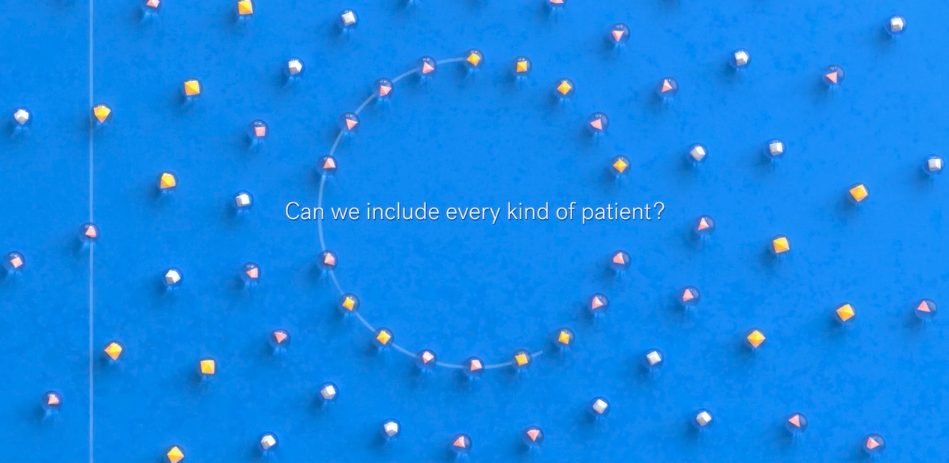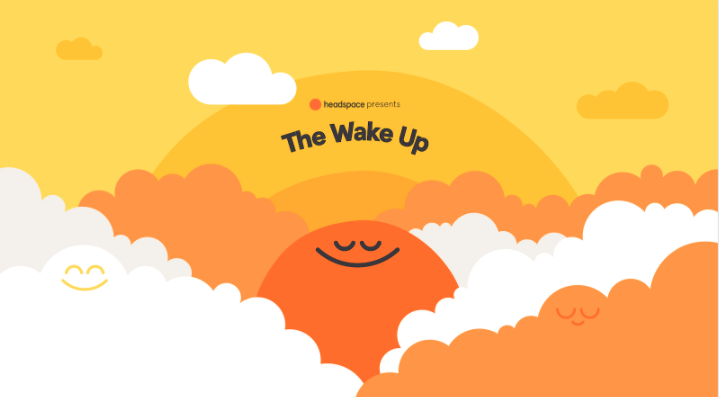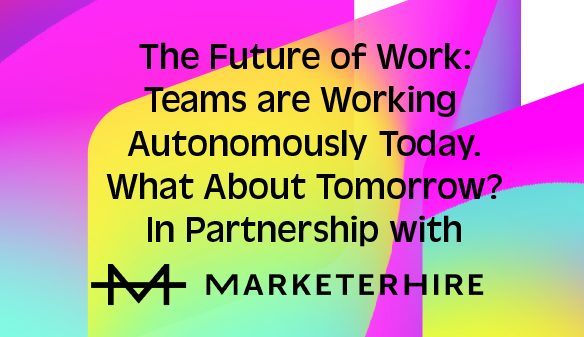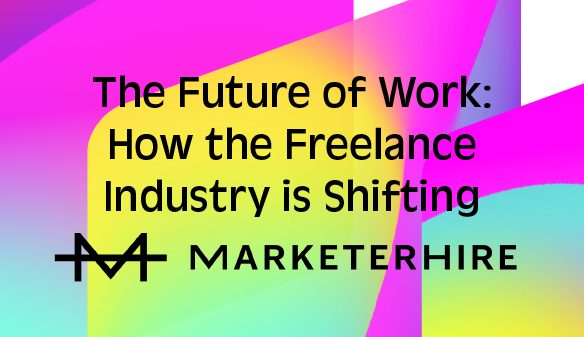The future of work means having more flexibility, and it has arrived. A year of navigating the coronavirus pandemic tells you that — companies around the world were thrust into remote collaboration. We experienced this at The Webby Awards when in just 9 weeks we adapted to a work from home culture, and rethought our in-person event as an online celebration, Webbys From Home, which was an entirely new experience for us.
Now, employees and organizations are asking what work should look like in the immediate, and distant future. More employees distributed has meant more possibilities for how they can continue to work remotely. There’s the growing popularity of a hybrid model, four-day work weeks, and simply the reorganization of internal workflows in favor of flexibility.
It is clear that flexible work, in some form, is inevitable, and the talent environment has changed. Possibly for the better. Below we explored what it means to prioritize autonomy at work. We also spoke to a few 2021 Webby Nominees on how they are collaborating during this unique moment in history.
Approach and Expectations Matter
With more teams engaged in distributed work, workers are desiring greater flexibility — 73% of employees want flexible work options to continue after the pandemic, Microsoft reported in its study of 30,000 people in 31 countries. That means leaders need to think about new expectations and policies for remote working. The most glaring expectation to examine is time — are team members expected to work a fixed schedule or are flexible work hours allowed? Is a flexible system based on trust, or should each team member’s hours be recorded? If you choose a hybrid model, Harvard Business Review suggests creating a map of your “hybridity configuration” as a start to figuring out a solution.
For Webby-nominated Flatiron Health’s Marketing and Brand Design teams, producing great work remotely meant being intentional on when to be synchronous. The healthcare technology company is focused on accelerating cancer research and improving patient care. As the pandemic settled in, their Marketing and Brand Design teams quickly adapted and one key strategy included collaborating more intentionally. Alex Gorstan, Flatiron Health’s Director of Marketing and Tanya Elshahawi, Flatiron Health’s Director of Brand Design shared how the team rethought their work over the last 14-months.
“We’ve always appreciated the value of spontaneous collaboration and it’s been a challenge—one that we’ve largely overcome—to preserve the benefits of those kinds of interactions,” said Gorstan.

The paradox of distributed working is that it requires more digital interactions. It’s up to leaders to find the balance between meetings that are necessary to productivity and team morale—which inherently boosts productivity. To preserve the spontaneity their brand and marketing teams love, Flatiron Health has “standing meetings with open agendas to hash out looming problems or questions,” said Gorstan and Elshahawi. It also means their team schedules “five-minute daily meetings to efficiently kick off the day and provide updates,” and establish norms of meeting-free days so they “bring projects and initiatives across the finish line.”
Take a Page from Headspace’s Friday Rulebook
At the center of flexible work discourse is the four-day work week. Prior to the pandemic, there were anecdotes that indicated that companies that switched to this model witnessed a 40% boost in productivity, like Microsoft Japan. In the future, we may all have a four-day work week as more companies and employees warm to the idea.
More than maximizing productivity, saving one additional day per week may benefit employees’ mental health. Webby-winning Headspace certainly found this to be true, and as a brand on a mission to improve the health and happiness of the world, it is in a unique position to meet employees’ needs.
At Headspace, they have “essentially instituted a four-day workweek,” to help mitigate burnout and boost productivity, said Morgan Selzer, VP of Content. “Every other Friday, we have what’s called a ‘Mind Day,’ where employees are really encouraged to shut things off, not send emails, step away from their computer and spend time doing something that will bring them joy,” she said.
The work model is not explicitly a four-day work week, but also functions to create flexibility and mental reprieve. “Mind Days” occur every two weeks, on a Friday. For the remaining Fridays, Headspace has implemented no-meeting Fridays to let employees focus, uninterrupted.
While the decision is still largely unique to the business, Headspace Content Director Freddie Campion hopes an industry standard for flexibility is eventually established. “That flexibility and that kind of freedom — to not have to go into the office if it’s not urgently necessary, or if you’re someone who needs to collaborate with people in real life, that flexibility between the two, generally speaking for myself, is hopefully where the industry will be going,” he said.

Overcome Digital Overload
Bringing workflows that work in-person over into a digital setting does not work seamlessly. During our recent ”The Future of Work” event, MarketerHire CEO Chris Toy noted that prior to the pandemic, companies were reliant on communication crutches to get by. Casual interactions, like passing team members in the hallway or catching up for five minutes provided spontaneous moments to sync on work. Transferred into a digital setting, these communication methods have resulted in digital overload. More conference calls, video meetings, and screen time can lead to digital overload if not properly managed. Between February 2020 and February 2021, Microsoft recorded the time people spent in Microsoft Teams to have doubled globally. Meetings now average 10 minutes longer, increasing from 35 to 45 minutes. Users are also sending 45 percent more chats per week on Teams.
Current discourse often examines Zoom fatigue, but “Slack fatigue is another challenge” that Flatiron Health is working on overcoming, said Gorstan and Elshahawi. “It’s not always easy to recognize in a remote setting whether someone is “available” and willing to chat. Fortunately, norms around delayed replies help, but in reality that just adds another “inbox” for you to work through when you have down time.” To help address this, Elshahawi and Gorston noted that the company has “established meeting-free Fridays so people have the time to go heads-down and get into that precious flow state and start to knock things off their lists.”
MarketerHire Understands How Distributed Workplaces Hire
Companies are actively defining the future of work with the decisions they make today. It is clear that people are seeking autonomy in some way — for some it means working from home two days a week, for others it means using a four-day work week model. Some workers have sought that autonomy by moving into a freelance role.
Our partner MarketerHire intimately understands how companies can hire expert consultants, and work in more flexible, distributed ways. Their work centers on pairing companies with pre-vetted freelance marketers that can start working immediately. Whether you are a full-time employee seeking more autonomy in work or an organization in need of a collaborator, MarketerHire can help.



 Twitter
Twitter
